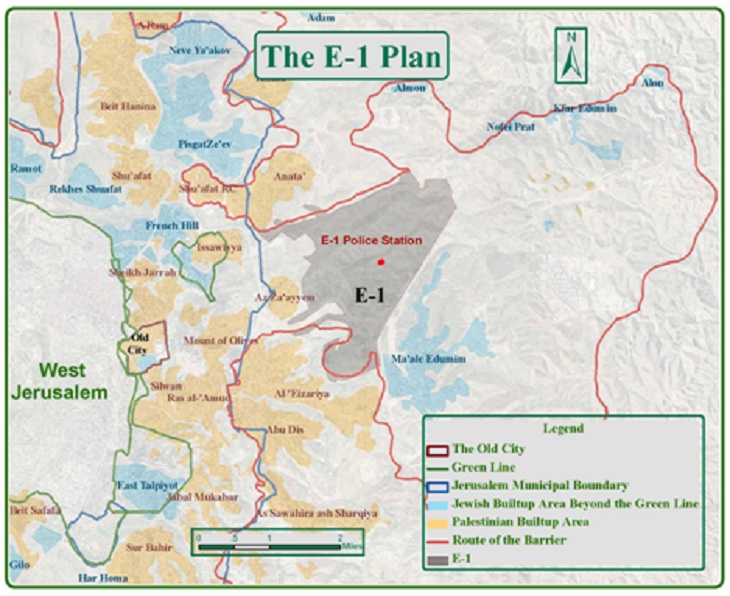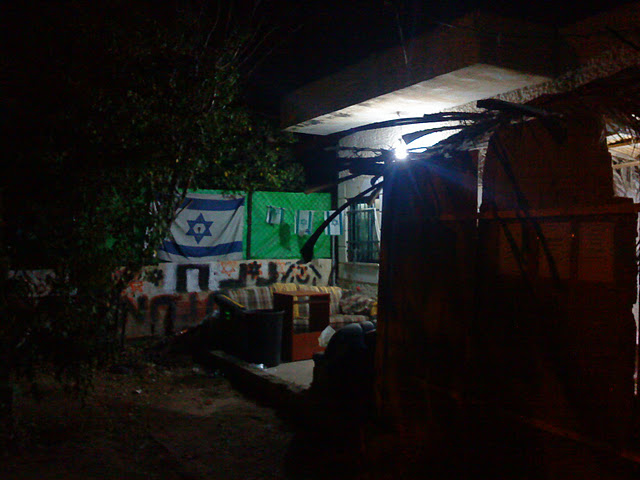Tag: Sheikh Jarrah
-
Join our campaign: Help stop the construction of a national park on Palestinian land in East Jerusalem!
12 January 2012 | Sheikh Jarrah Solidarity The planned national park, located adjacent to the E1 area, on the slopes of Mt. Scopus, would constitute an insurmountable obstacle to any possible future peace agreement involving Jerusalem. Most immediately, it would “choke off” a number of Palestinian neighborhoods in East Jerusalem, and deny residents access to…
-
Live updates from Sheikh Jarrah – Visit ISM’s Night Watch blog
14 December 2011 | International Solidarity Movement, West Bank ISM has been following the situation of the Al Kurd family from Sheikh Jarrah since 2009 and has kept a presence in the garden of their home. On December 4th Nabil Al Kurd and his mother, accompanied by international and Israeli activists went to the Court…
-
Sheikh Jarrah: Al Kurd family faces 30 day deadline
by Samar and Meriem 11 December 2011 | International Solidarity Movement, West Bank ISM has been following the situation of the Al Kurd family from Sheikh Jarrah since 2009 and has kept a presence in the garden of their home. The Al Kurd family is of five other families targeted by these evications. The Fawziya Al…



